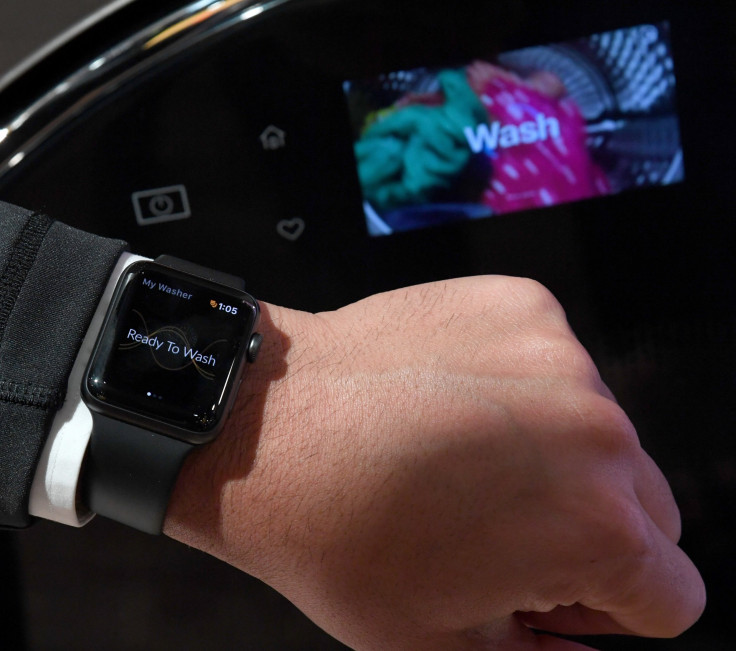How Apple Watch Series Became An Asset In Health Research

Apple has released several generations of the Apple Watch, beginning with the original model in 2015. While the Apple-branded wearable feature a heart-rate monitor right from the start, some people behind the popular device said it really wasn’t meant to be a health-focused wearable.
In an interview with The Independent, Apple's Chief Operating Officer Jeff Williams, Vice President of Technology Kevin Lynch, and Vice President of Health Sumbul Desai said the heart rate monitor inside the Apple Watch was designed simply for the purpose of providing more accurate step tracking compared to other competitors in the market.
It wasn’t a health-focused device at first?
Williams explained the Apple Watch won’t get as much public interest like it does now if it was marketed primarily as a health-focused device. “If you tried to sell a heart rate monitor to alert you to problems, you know, 12 people would buy it,” he said.
Instead of marketing it as a device that tells people about their health issues, they marketed it as a device that can do many things: a wrist watch, productivity tool, and a communication device, all in one nice-looking package. Many people bought the Apple Watch as a result, giving Apple “the chance to in some ways ambush them with information about their health,” Williams said.
The Apple officials explained that things changed after this as more and more people report the Apple Watch as having saved many lives.
“The first letter that we got about it saving somebody's life with just the heart rate monitor, we were surprised, because anybody can go watch the clock and get their heart rate,” Williams said. “But then we started getting more and more and we realized we had a huge chance and maybe even an obligation to do more.”
A health research tool
The Apple Watch’s health features have been so successful that it was used in the largest arrhythmia study ever - one that had more than 400,000 Apple Watch owners participating and sharing data acquired by the health-focused Apple wearable, Apple Insider reported. The data from that study, Williams said, is important to making advancements which will be useful in the future.
What drives Apple to do this? The COO said that it’s a combination of two things: the number of phones and devices people use, and the trust those people give to the Cupertino tech giant. “[W]ell, this is an opportunity we can't squander,” Williams said.

© Copyright IBTimes 2025. All rights reserved.




















